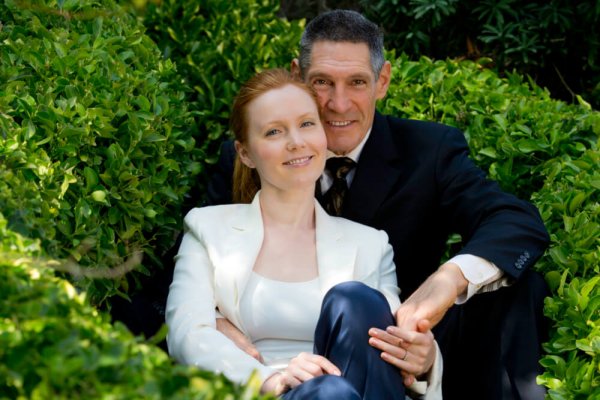Science, Engineering and Convergence
Click here for further reading on Michelson Center for Convergent Bioscience
In January, retired orthopaedic spinal surgeon and inventor Gary K. Michelson and his wife, Alya, donated $50 million to create the USC Michelson Center for Convergent Bioscience, which will bring together biologists, engineers, computer scientists and others to come up with novel medical devices and treatments. Michelson, a prolific inventor who holds more than 950 patents and pending applications throughout the world, has made it his personal mission to merge engineering and science to spur medical breakthroughs. He spoke with USC Viterbi Managing Editor Marc Ballon about his gift and its meaning.

Why did you decide to give to USC?
They’re brilliant people. They had a vision for doing science that was 100 percent consistent with the beliefs that I’ve held for most of my adult life. Universities have been notorious for the purity of scientific research, and from the inside looking out, they take pride in doing science for science’s sake. They shouldn’t be ivory towers. We need to do science for a greater purpose—like humanity’s sake. Do science with an eye to how it manifests in the real world.
Why are you such a proponent of engineering?
If you were a male 20 years ago and you had prostate cancer, you’d be messed up your whole life. Now there are robots that enucleate out the prostate while leaving the nerves intact.
My interest in engineering isn’t how to build a bridge that’s better. My interest is how it intersects with medicine to produce medical breakthroughs. That’s what we’re going to do in the center.
What is the importance of convergence?
If you look at physicians, 100 years ago they were expected to be everything: surgeon, OB, general practitioner. Fifty years ago, we had surgeons and OBs and some degree of specialization. Today, people aren’t even orthopaedic surgeons—you’re a hand surgeon or a trauma specialist—because the amount of information to be mastered is increasing. You can be a master, but you have to be a master of an ever-shrinking subsection of a scientific specialty.
Then the question becomes, how does an electrical engineer talk to a molecular biologist? They can’t. They don’t even speak the same language. If there was ever a need to induce convergence, this is it. This is the real problem in science today. If you look at the artificial retina, developed in part by doctors at USC, it required ophthalmologists and electrical engineers and computational sciences and biologists. It’s a convergent product.
So I think the issue is getting all these brilliant masters of their own subspecialized fields of science to work together convergently to solve real-world problems.
A Bridge To The Future
Embodying the vision of retired orthopaedic spinal surgeon Gary K. Michelson and his wife, Alya, the Michelson Center will reflect USC’s commitment to interdisciplinary learning and research to advance knowledge and science. The building, which will be completed in 2017, also represents a powerful collaboration between the USC Viterbi School of Engineering and the USC Dornsife College of Letters, Arts and Sciences.
Among the center’s first residents will be Scott Fraser, a world leader in microscopic imaging. The Provost Professor of Biological Sciences and Biomedical Engineering joined USC in 2012 from the California Institute of Technology, where he founded the Biological Imaging Center in the Beckman Institute. Fraser holds joint appointments in USC Viterbi and Dornsife.



